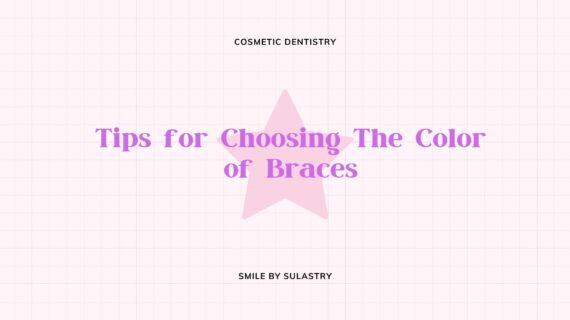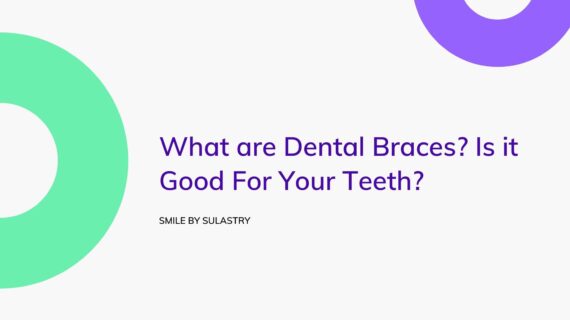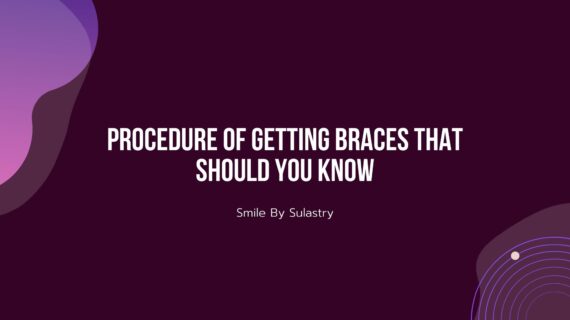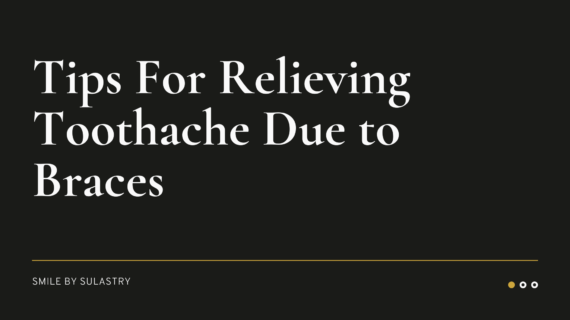Tips for Choosing The Color of Braces – Using a braces is one solution for those of you who feel less confident with untidy teeth. Not only for beauty, stirrups are also often needed in order to keep teeth healthy and not easily damaged. But do you know how to choose a good brace color?
Teeth are one of the first points of view of the face that will make people’s eyes fixed on that part. Messy, untidy teeth will certainly make you less confident. Relax, you can fix this by installing dental braces.
Installing braces, of course, cannot be arbitrary because it must be adjusted to the condition and needs of the patient’s teeth. However, in terms of color, you can choose any color type that is suitable for use in order to remain confident.
Besides looking stylish with your braces, it’s also important to feel comfortable wearing them. For this reason, choose the most suitable color for your own personality. The trick is to choose braces that make your teeth look bright and white. Come on, let’s immediately see the recommendations for you.
Also Read Types of Braces and the Best Choice for You
Things to Consider When Choosing the Color of Teeth Braces
Maybe you will be a little confused when it comes to choosing the color of braces. Even though you are excited, in the end you are upset because there are so many choices. Therefore, with a few things in mind, you can make it easier to choose. Here are some things to consider:
- Think about your diet every day. What are your eating and drinking habits like? If you frequently drink coffee or eat brightly colored fruits, like strawberries or dragon fruit, for example, this can stain your braces.
Pay attention to your teeth. Because, the color of each person’s teeth is different. Well, what is clear, if you want to make your teeth appear whiter, choose a dark stirrup. These braces will make your teeth appear brighter and whiter. - Pay attention to the color you like. The reason is, you may want to choose a color that makes your teeth look white. However, from the color choices, there is nothing you like. You may not be comfortable wearing braces in a color that is not your favorite. You are free to choose any color of stirrup, the most important thing is comfortable.
- Dark colors do make teeth appear white. This is for sure. But be careful in choosing the color type. Colors like green and dark brown can give the impression that food is stuck in your teeth. Not too cool, right, at this rate. So be careful in choosing.
Tips for Choosing The Color of Braces
When deciding to install braces, in addition to choosing the right type of braces, you must also pay attention to a good color and suitable for appearance. Here are some tips for choosing the right braces color.
1. Check the color wheel
Consult with your dentist in advance regarding the available color wheels. Choose the lighter color wheel gradient of the stirrup. For experimental experiments you can try by choosing a color and attaching it to the mouth using a stirrup.
Select and try one by one the color wheel for the stirrup then position it on the tooth image. You will also get an idea of how it will look when using the color of the stirrup later.
2. Natural color
If you want to find a safe option so that the color of the braces doesn’t interfere with your appearance, you can choose natural colors. Colors that are not the color you like may be immediately removed from the list of color choices that will be taken.
White and black are also not recommended as they will make your teeth appear stained with food stains. You can consider colors like dark blue and dark purple to make your teeth appear whiter.
3. According to skin color
Skin type and hair color will determine the overall appearance of your face including the color of the braces that will appear later. As much as possible, don’t use colors that contrast or clash with your skin type and hair color.
For dark skin, gold, turquoise, dark blue, orange, magenta, pastel blue, and pink or purple are more appropriate. As for skin that tends to be light, it is more suitable to use grayish blue, metallic brown, bright red, and salmon.
Conclusion
Not all colors are suitable for everyone. Some of the colors may look good on one person but it translates to disaster for you.
- White braces sound like a great option, but they can actually turn pale white after drinking and eating certain foods. They can also make your teeth appear more yellow, as your tooth enamel may not be as white as the bracelet.
- Darker colors like dark purple and dark blue make your teeth appear whiter because they contrast with the natural color of your teeth. Be careful with dark colors, as dark green and dark brown can cause food to stick to your teeth.
- Yellow and gold can accentuate the natural yellow color of your teeth, making them appear more yellow than they actually are.
- Not everyone has the same tooth color. For people with yellow teeth, it is best to choose a clear or silver bracelet. For people with natural whites, it is best to go for black to make your teeth appear whiter.



